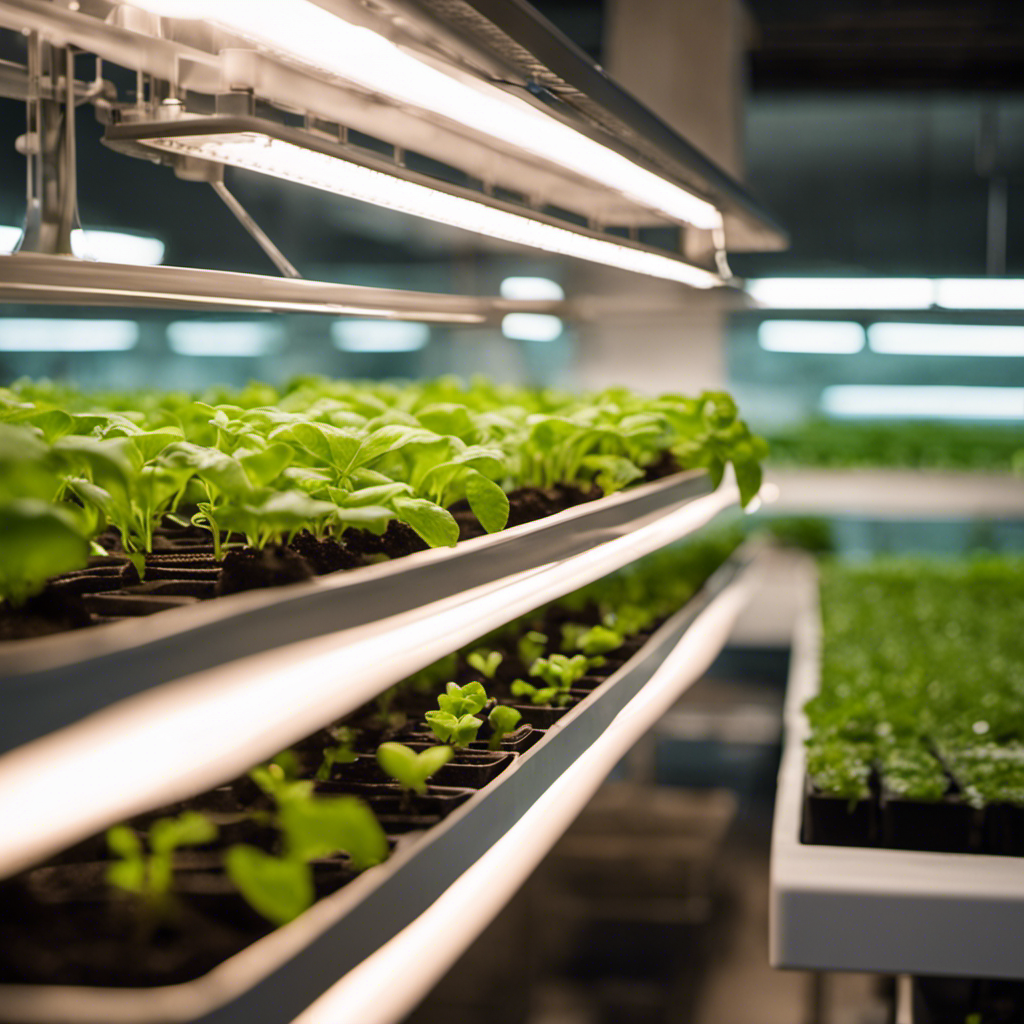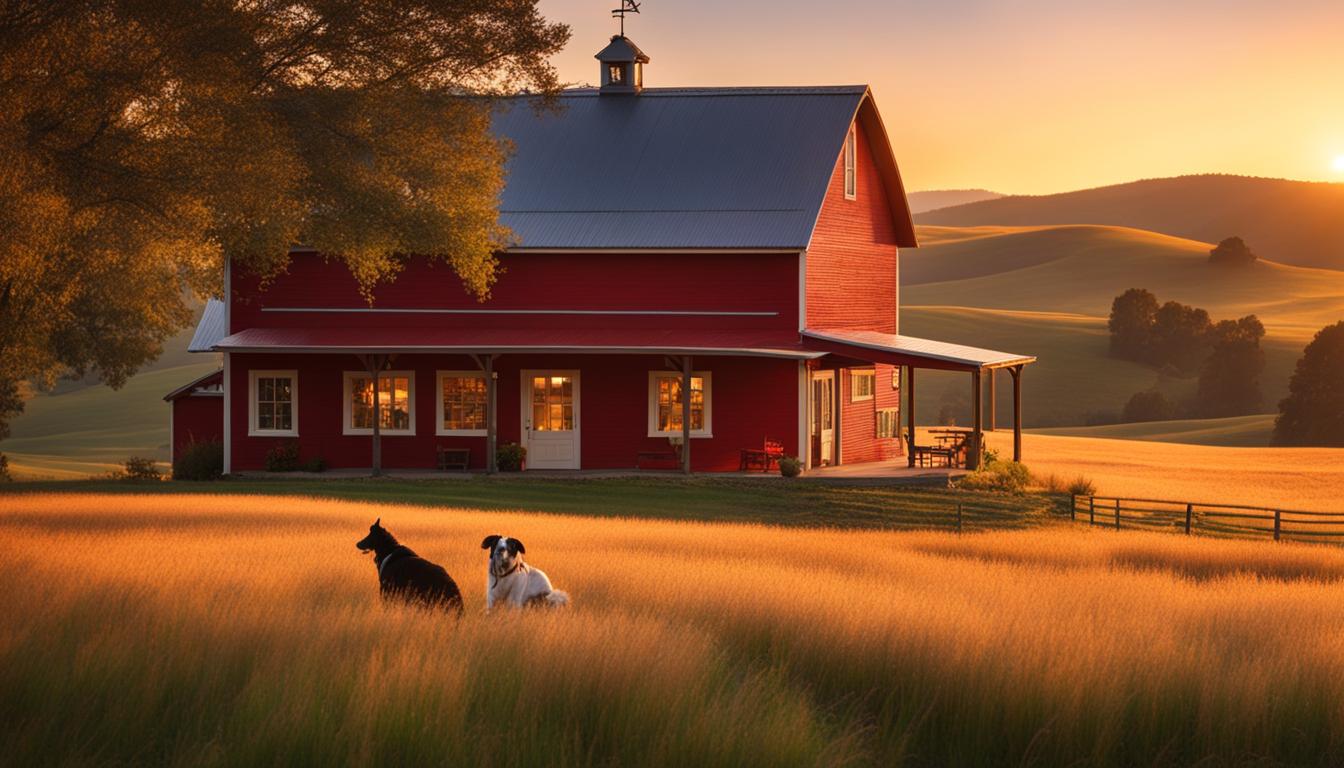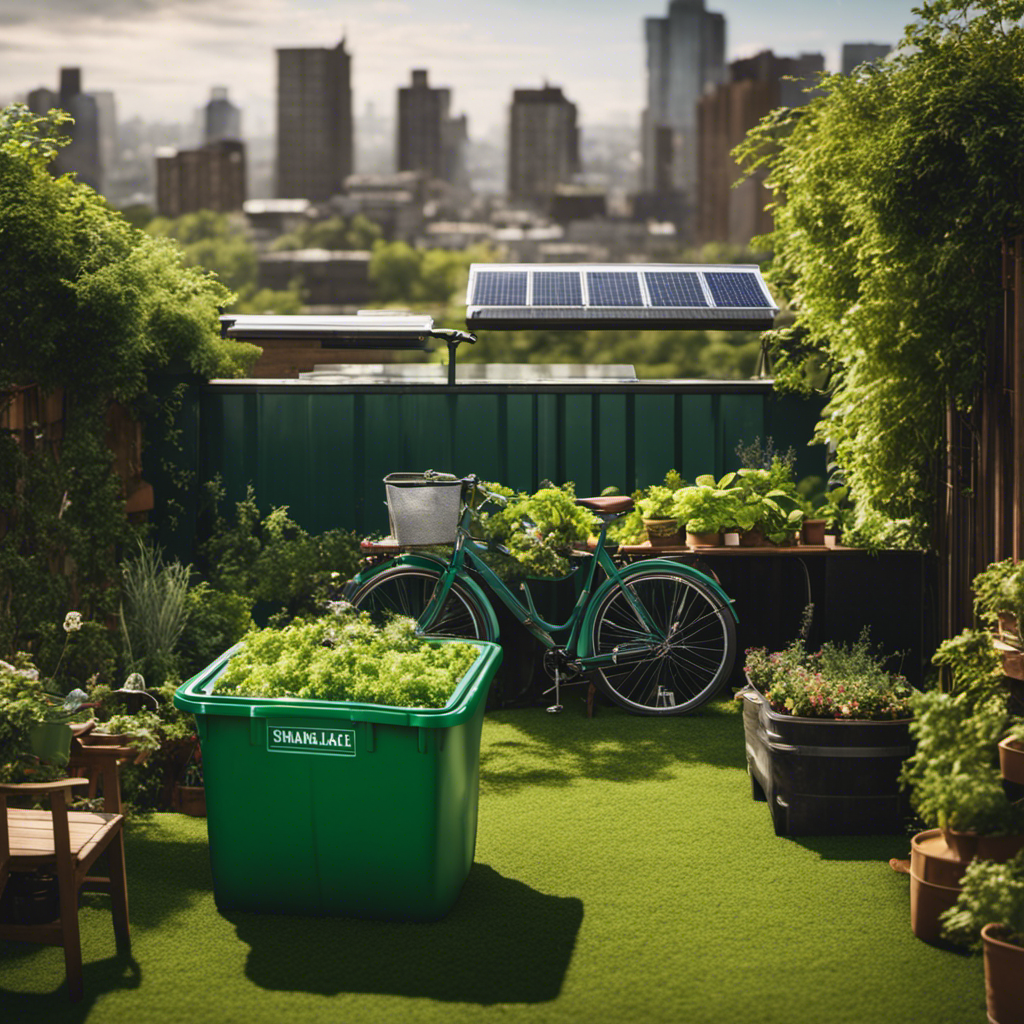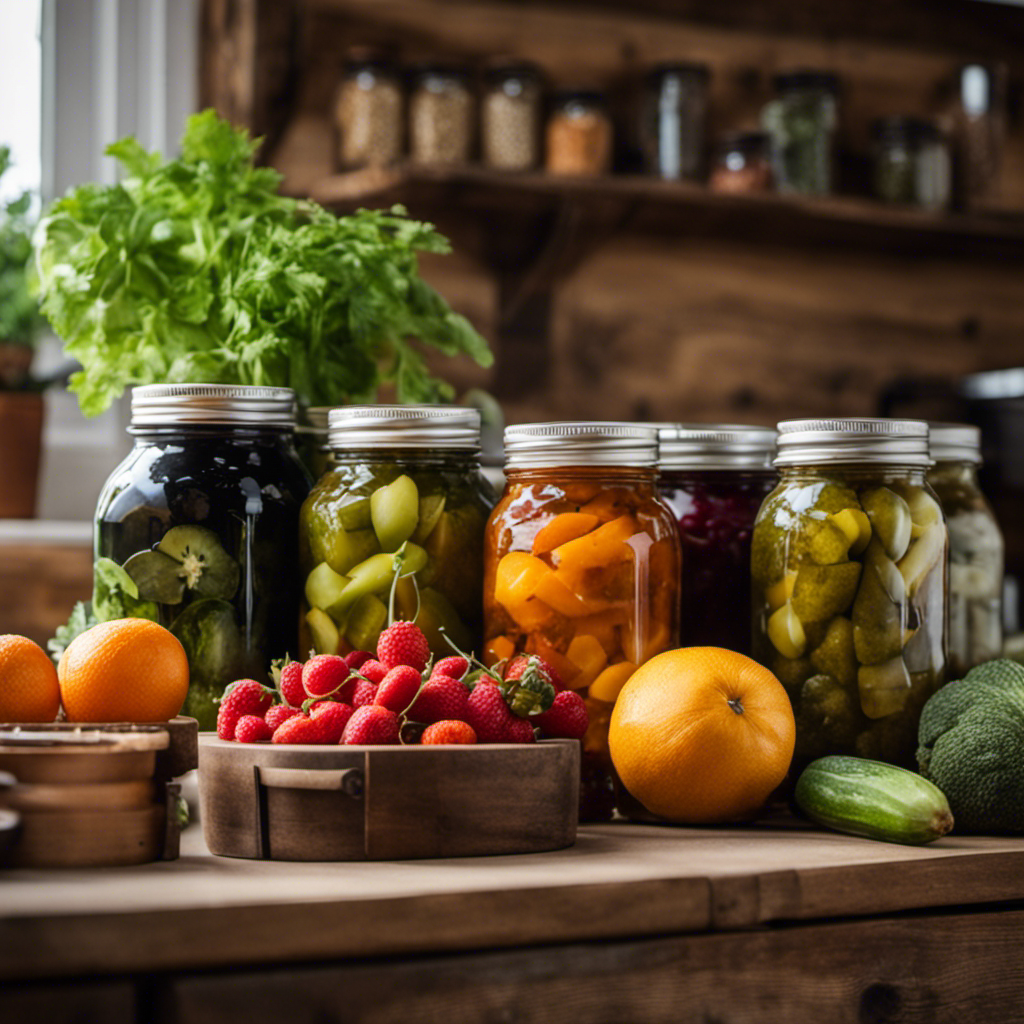To start with beekeeping for self-reliant living, learn to handle your hive gently and use tools like a bee smoker to keep bees calm. Regularly inspect your hive for signs of health or problems like parasites or disease, and make certain bees have enough food and space. Use modern extractors to harvest honey efficiently, storing it in airtight containers. By mastering these basics, you’ll boost your hive’s resilience and sustainability—keep going to uncover more tips for successful beekeeping.
Key Takeaways
- Handle honey frames gently and use proper tools like a smoker and uncapping knife to ensure bee safety.
- Regularly inspect hives for pests, diseases, and signs of stress to maintain healthy bee colonies.
- Use modern, automated honey extractors for efficient and clean honey harvesting.
- Provide adequate nutrition and minimize chemical exposure to promote resilient and productive hives.
- Store honey in airtight containers immediately after extraction to preserve quality and prevent spoilage.

Beekeeping can be a rewarding hobby or a valuable way to support local ecosystems, but it requires understanding some fundamental principles. One of the most essential aspects is learning how to properly handle honey extraction. When the time comes to harvest honey, you need to be gentle and precise to avoid stressing your bees. Using a bee smoker can help calm the hive, making the process smoother. Carefully remove frames filled with sealed honeycomb, and use an uncapping knife or fork to gently remove the wax caps. Then, place these frames into an extractor—either manual or electric—to spin out the honey. After extraction, filter the honey to remove any residual wax or debris, and store it in airtight containers. Proper honey extraction not only guarantees you get a good harvest but also minimizes disruption to your bees, keeping them healthy and productive. Employing automation features in modern honey extractors can further streamline this process and reduce manual effort.
Bee health is the foundation of successful beekeeping. You must regularly check your hive for signs of disease, pests, or stress. Keep an eye out for varroa mites, which can weaken bees and transmit viruses, and take steps to control them if needed. Maintaining good hive hygiene, providing adequate ventilation, and avoiding chemical treatments when possible help keep your bees resilient. Observing their behavior daily will alert you to issues like overcrowding or insufficient food stores. Providing supplemental feeding during dearth periods can prevent starvation and boost hive strength. When inspecting your bees, look for signs of disease such as deformed wings or discolored brood. A healthy hive is characterized by active, busy bees, clean brood frames, and abundant pollen and nectar stores. If you notice any abnormalities, acting promptly can prevent larger problems later on.
Understanding the importance of bee health also involves knowing how to recognize and address stressors. Pesticides, poor nutrition, and environmental changes can all impact your hive’s vitality. Creating a clean, safe environment and ensuring your bees have access to diverse forage helps promote their well-being. Regularly inspecting your hive, practicing good hygiene, and staying informed about common pests and diseases are essential steps. Keeping your bees healthy means fewer losses, more honey production, and a thriving colony.
Frequently Asked Questions
How Do I Choose the Best Location for My Hive?
You should choose a location for your hive that’s near abundant flowers for easy foraging and has good flower proximity. Make sure it’s in a spot with some shade considerations—shade during the hottest part of the day helps keep your bees comfortable. Avoid windy areas and keep the hive protected from harsh weather. A quiet, accessible site also makes hive maintenance easier, ensuring your bees stay healthy and productive.
What Are Common Pest Problems in Beekeeping?
Like a knight facing dragons, you’ll encounter pests like varroa mites, wax moths, and small hive beetles. These pests threaten honey extraction and bee nutrition by weakening colonies. Regular inspections, using screened bottom boards, and natural treatments help keep pests at bay. Maintaining strong, healthy bees ensures your hive remains productive, just as a well-armored knight protects their domain, safeguarding your honey and supporting essential bee health.
How Much Time Is Required Weekly for Hive Maintenance?
You’ll spend about 3 to 5 hours weekly on hive maintenance, including regular hive inspections to monitor bee health and prevent pests. During these visits, you might harvest honey if the hive is ready, which adds a little extra time. Consistent inspections help you catch issues early and keep your bees thriving, making your weekly routine manageable and rewarding as you support your hive’s ongoing health and productivity.
Can I Keep Bees in a Small Urban Backyard?
Think of your backyard as a tiny, bustling city for bees. Yes, you can keep an urban hive in a small backyard, but you need to take into account local regulations and space. Backyard beekeeping is possible and rewarding, provided you place the hive away from neighbors and guarantee safety. With proper care, your urban hive can thrive, pollinate your garden, and produce honey, turning your small space into a vibrant hive of activity.
What Are the Signs of a Healthy Versus Unhealthy Hive?
You can tell a healthy hive by observing active, busy bees and a strong queen performing well. Look for good hive ventilation, which prevents moisture buildup and mold, indicating a stable environment. Signs of trouble include sluggish bees, a declining queen, or dead brood. If the hive is overly damp or smells foul, it suggests poor ventilation or disease. Regular checks help you maintain a thriving, healthy hive.
Conclusion
As you start your beekeeping journey, remember it’s like planting a garden—you nurture patience and care, and in time, you’ll witness a thriving hive. When I first checked my bees, I was amazed to see how hard they worked, quietly building a bustling community. Just as a single bee may seem small, your efforts can create a sweet, self-sufficient oasis. Stick with it, and you’ll find yourself reaping nature’s golden rewards.










